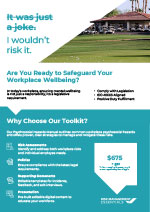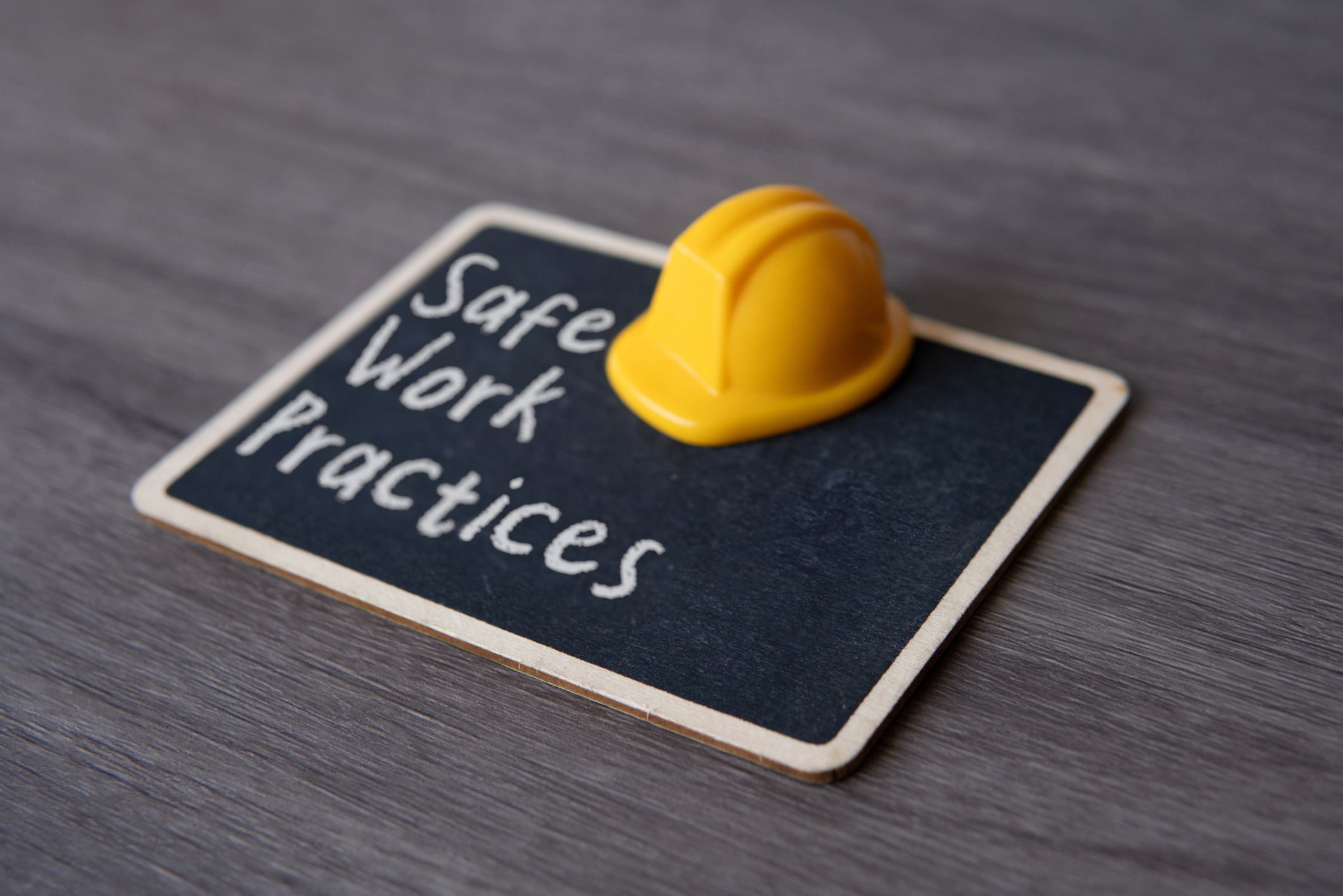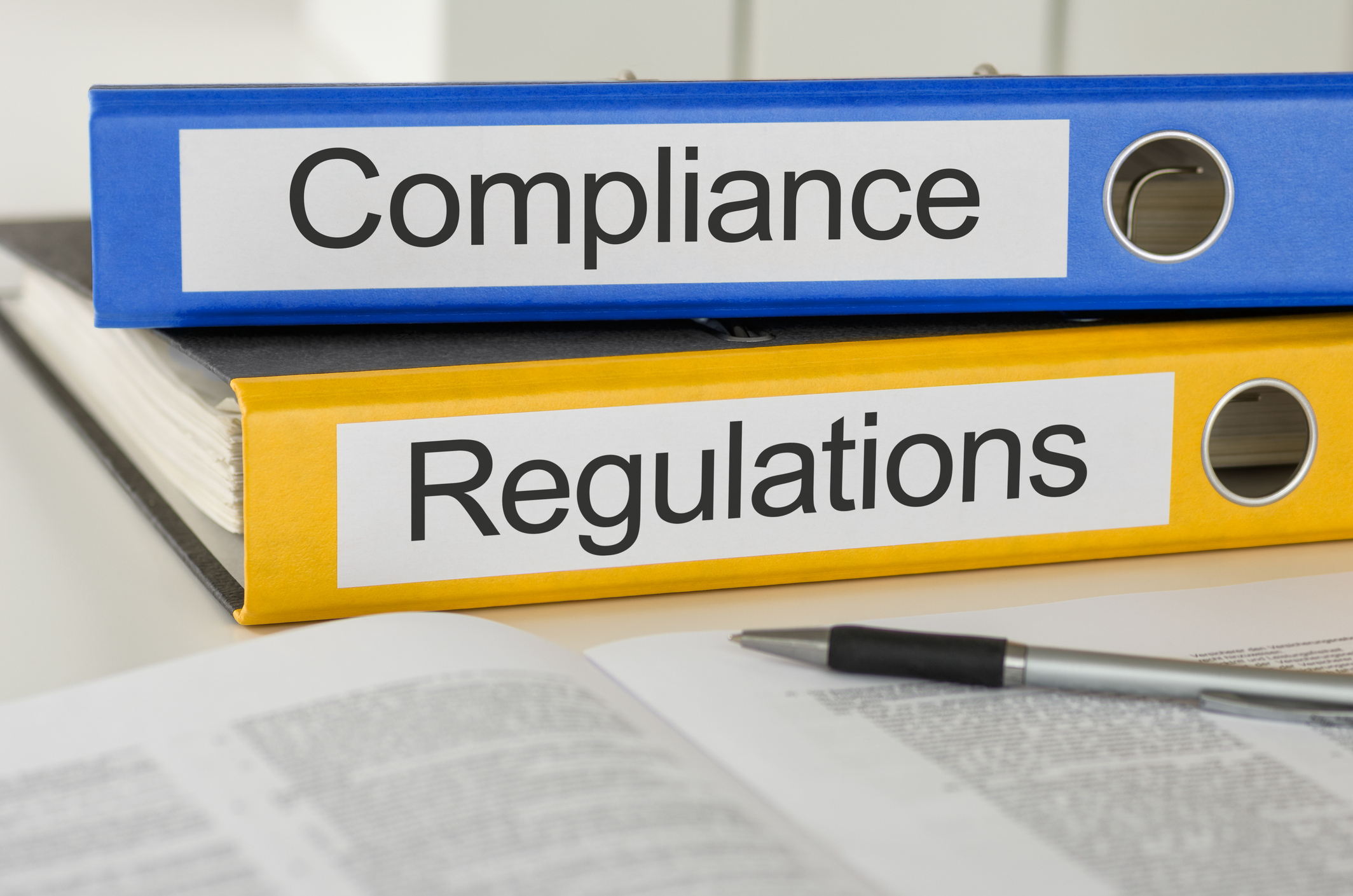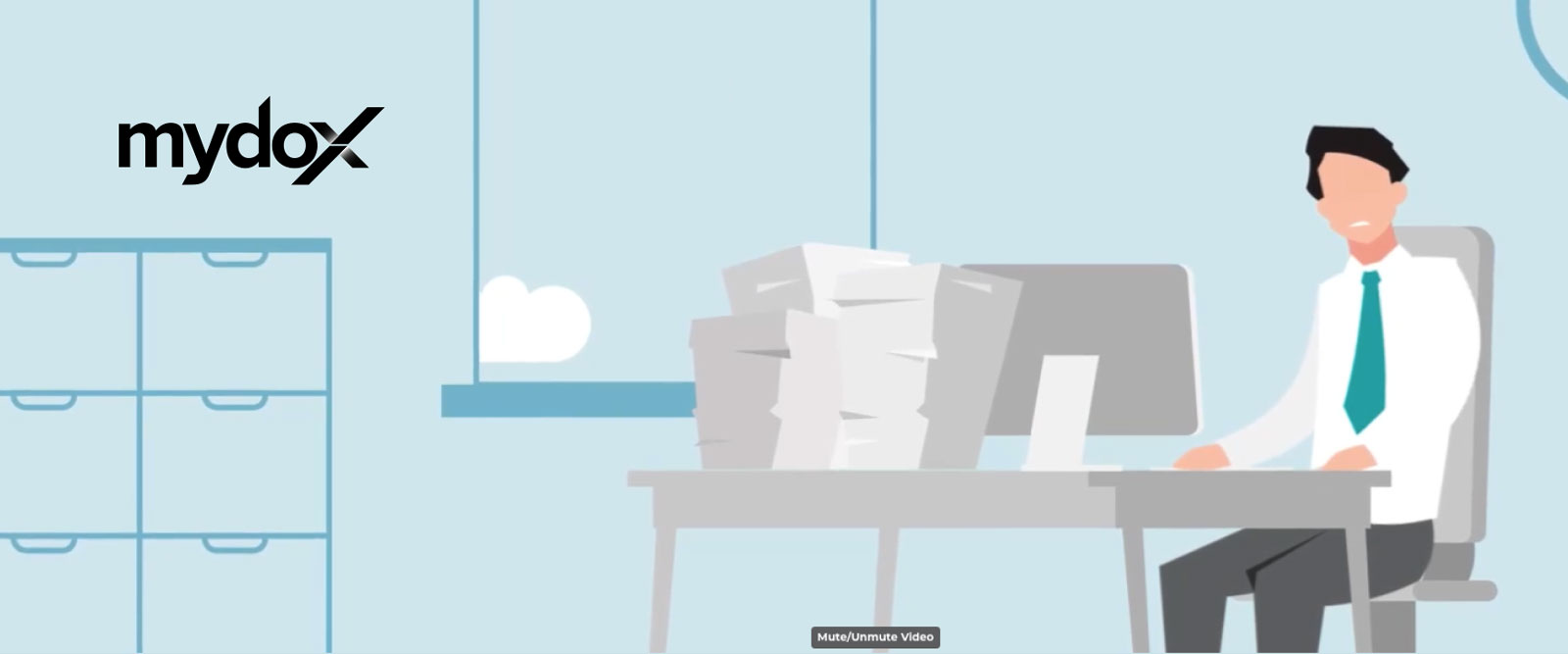
Australia is leading a significant shift in workplace health and safety, with new legislation and guidelines focusing on psychosocial hazards.
This approach recognises that mental health is as crucial as physical safety in the workplace, addressing often-overlooked risks.
While it’s understandable to feel initially overwhelmed by these new psychosocial management requirements and equally as easy to think that this is a step to far but in truth it’s a leap in the right direction! Many industries stand to benefit from improved management cultures and these guidelines provide a clear path to achieve that.
Organisational Culture and Leadership
Psychosocial management centres on organisational culture. Australian lawmakers and experts emphasise the role of positive work culture in mitigating risks. Leadership is crucial in shaping this culture, with new guidelines encouraging leaders to model behaviours promoting psychological safety, open communication, and mutual respect. While these changes present compliance challenges, they also offer significant opportunities.
Psychosocial Hazards Manual
Psychosocial policies and processes are now essential components of WHS/OH&S systems, reflecting the growing recognition of mental health’s importance in the workplace.
Integrating these elements creates a holistic safety system addressing both physical and psychological aspects of employee wellbeing. This proactive approach ensures compliance with evolving regulations and demonstrates commitment to workforce health and productivity.
Key Psychosocial Factors
- Low Job Control and Role Ambiguity legislation aims to provide workers with more autonomy and input into their daily work lives. Clear job descriptions, manageable timelines and well-defined responsibilities are essential for reducing stress and improving job satisfaction.
- Right to Disconnect and Work-Life Balance The “right to disconnect” is now in place, acknowledging the blurred lines between work and personal life. Employees of non-small business employers (15+ employees) have the right to refuse to monitor, read, or respond to work-related communications outside their working hours unless it is unreasonable to do so. For small businesses (less than 15 employees), these provisions will apply from 26th August 2025.
- Job Security and Organisational Change Management guidelines emphasise clear communication during organisational changes. Employers are encouraged to involve employees in change processes and provide transparent information about how changes might affect job roles.
- Support and Supervision Employers must ensure employees have access to necessary resources and guidance. Regular check-ins, mentoring programmes, and clear help-seeking pathways are promoted as best practices.
- Risk Assessments Psychosocial risk assessments are becoming mandatory, designed to identify potential hazards such as excessive workload, poor interpersonal relationships, or lack of role clarity.
- Violent Events, Bullying, Discrimination, and Victimisation New legislation strengthens protections against workplace violence and bullying, with clearer definitions and robust reporting mechanisms. This extends to customer-facing roles where risks may be higher.
Practical Implementation of Psychosocial safety measures
Psychosocial safety measures are being incorporated into existing WHS/OH&S laws. Employers must:
- Conduct regular psychosocial risk assessments
- Develop and implement policies to address identified risks
- Provide training on psychosocial safety
- Establish clear reporting and investigation procedures
- Regularly review and update psychosocial management strategies
In conclusion, The integration of psychosocial management into workplace health and safety represents a significant step forward in creating healthier, more productive work environments. As businesses adapt to these new requirements, they have the opportunity to not only comply with regulations but also to foster a workplace culture that truly values and supports employee wellbeing in all its aspects.
Get Your toolkit today

Secure your copy of the Psychosocial Hazards Manual. Your team deserves the best—let us help you deliver it.
Just fill out the form and we will contact you

























